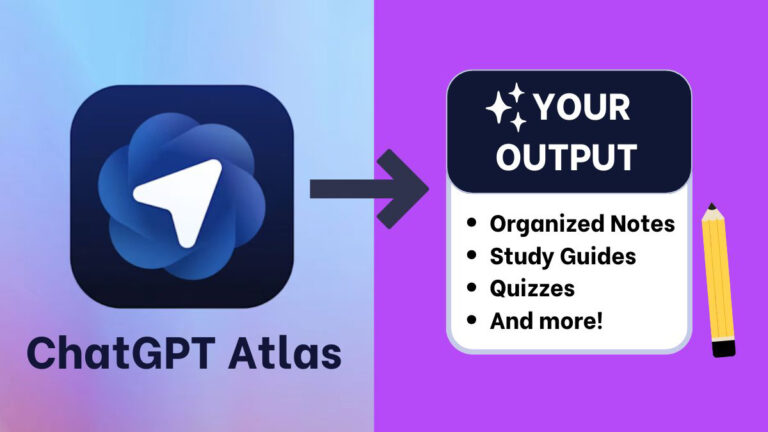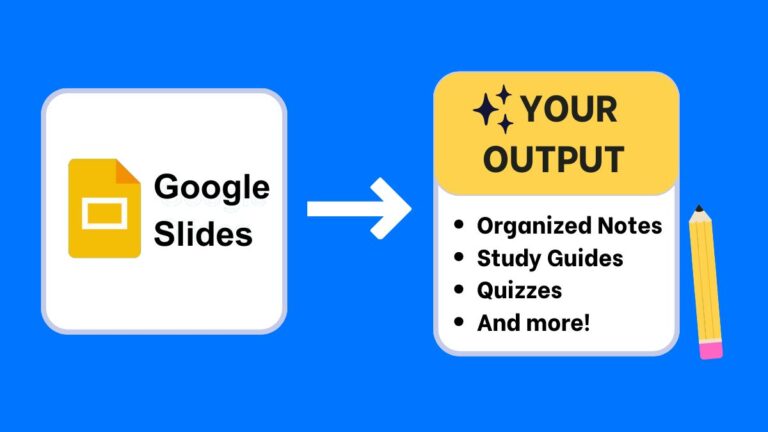Introduction
In the rapidly evolving world of technology, artificial intelligence (AI) is a key area impacting various sectors, including education. As a teacher, it’s crucial to grasp fundamental AI concepts to effectively incorporate them into your teaching practices. This guide provides a clear explanation of important AI terms, designed to enhance your digital literacy and empower your instructional methods.
What is Artificial Intelligence (AI)?
- Definition Summarized: AI involves creating computer systems that can perform tasks typically requiring human intelligence, including decision making, problem solving, and learning.
- Application in Education: AI can personalize learning by adapting resources to fit the unique needs of each student, making it essential for educators to understand.
What does ChatGPT stand for?
- Definition Summarized: “ChatGPT” stands for “Chat Generative Pre-trained Transformer,” a model by OpenAI using transformer architecture, pre-trained on diverse internet texts and fine-tuned for improved conversational text generation.
- Applications in Classroom: In classrooms, ChatGPT can generate customized learning materials, facilitate interactive sessions, and provide instant feedback, enhancing student engagement and learning.
What is Machine Learning (ML)?
- Definition Summarized: Machine Learning is a subset of AI that enables machines to learn from data and improve over time without being explicitly programmed.
- Applications in Classroom: Machine learning can automate automate grading, provide insights into student learning patterns, and suggest educational content, enhancing the learning experience.
What is Natural Language Processing (NLP)?
- Definition Summarized: NLP is a technology by which computers can analyze and understand human language.
- Classroom Technology Examples: NLP powers tools like AI tutors and voice-activated assistants, which can facilitate interactive learning and support diverse student needs.
How Does AI Facilitate Personalized Learning?
- Personalization Techniques: Through AI, educational software can adapt in real-time to the learning speed and style of students, offering customized support and challenges.
- Benefits: Personalized learning paths can lead to improved student engagement, retention rates, and academic success.
What are Neural Networks in Education?
- Definition Summarized: Neural networks are systems of algorithms modeled after the human brain, designed to recognize patterns and perform tasks by interpreting sensory data.
- Importance in AI: These are crucial for developing deep learning technologies that can revolutionize educational tools and resources.
What is Data Mining in Education?
- Definition Summarized: Data mining involves extracting valuable information from large sets of educational data.
- Impact: This allows educators to discover patterns and insights that can enhance teaching strategies and outcomes.
Glossary of Key AI Terms for Teachers:
- Artificial Intelligence (AI): Simulation of human intelligence in machines.
- Machine Learning (ML): A branch of AI where machines improve through learning from data.
- ChatGPT: A model based on the GPT architecture, designed to generate conversational responses by learning from a vast dataset of text.
- Natural Language Processing (NLP): Technology that enables machines to understand human language.
- Neural Networks: Algorithms that identify patterns and help computers learn.
- Data Mining: The process of analyzing large data sets to extract actionable insights.
- Deep Learning: A subset of ML that uses neural networks with many layers to analyze various factors of data.
- Computer Vision: A field of AI that trains computers to interpret and understand the visual world.
- Reinforcement Learning: A type of ML where algorithms learn to make decisions by receiving rewards or penalties.
Common AI Terms in Education Abbreviated:
- AI: Artificial Intelligence
- ML: Machine Learning
- GPT: Generative Pre-trained Transformer
- NLP: Natural Language Processing
- ANN: Artificial Neural Network
- DM: Data Mining
- CV: Computer Vision
Conclusion
Understanding these AI concepts is essential for teachers aiming to effectively integrate technology into their classrooms. With AI tools, educators can offer a more tailored and engaging learning experience, preparing students for a technologically advanced world.
Stay on Top of AI for Teachers
How to stay informed and skilled in utilizing AI tools for teachers:
- Explore Our Free AI for Teachers Blog: Dive into a wealth of articles on AI essay graders and other AI tools designed to empower educators. Our blog provides in-depth insights and practical tips to effectively integrate AI into your teaching practices.
- Download Our Free AI Tools for Teachers Checklist: Choosing the right AI tool is critical. Our comprehensive checklist helps you evaluate various AI tools to ensure they meet your educational needs and comply with all necessary privacy and compliance standards.
Happy AI teaching!




